Progress pics are one of the most powerful tools for tracking fitness transformations. Unlike weight or measurements, which can fluctuate due to factors like water retention or muscle gain, progress pictures provide a clear, visual representation of long-term changes.
They capture details that numbers on a scale simply can’t, including muscle definition, posture improvements and overall body composition shifts.
Science supports the effectiveness of visual tracking. Research shows that monitoring progress increases motivation, helping individuals stay consistent with their training and nutrition.
The brain responds positively to visual reinforcement, making progress photos a more reliable indicator of transformation than daily weigh-ins. While the scale may not always reflect fat loss or muscle gain accurately, progress pictures tell the full story.
For personal trainers, structured progress pics are an essential coaching tool. They provide tangible proof of a client’s success, helping reinforce positive habits and build trust.
Clients, on the other hand, benefit from a visual record of their journey, which boosts confidence and keeps them motivated.
When used correctly, progress photos can strengthen trainer-client relationships, improve retention, and create a compelling narrative of transformation.
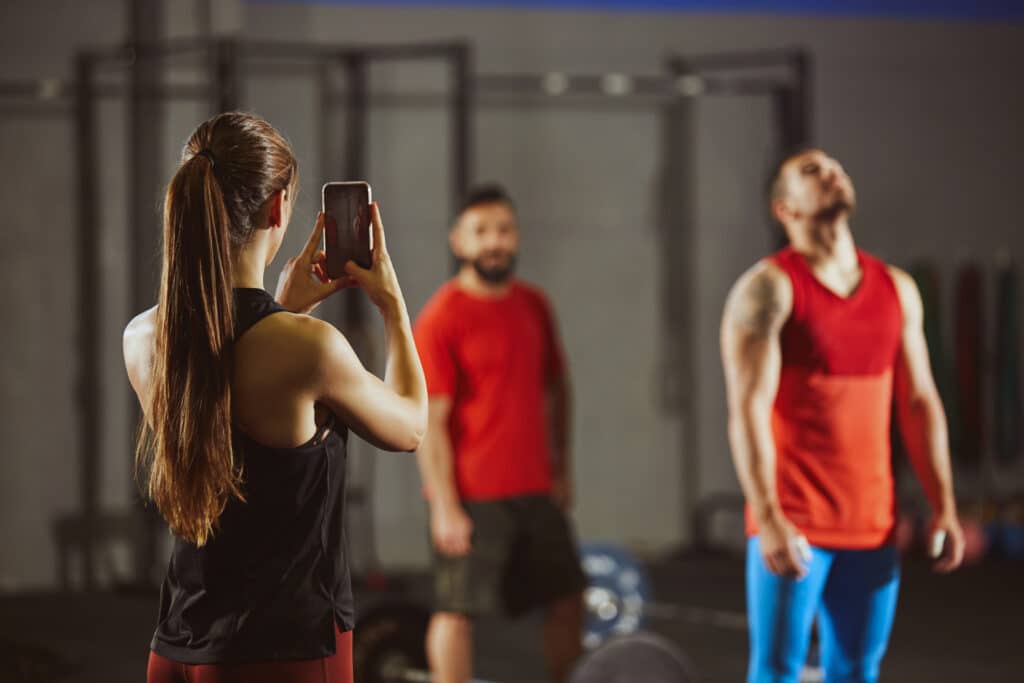
How to take a progress photo like a pro
High-quality progress pics help personal trainers and their clients track real fitness changes over time. Poor lighting, inconsistent angles, or changing outfits can distort progress, making it harder to see true results.
Do you need a professional camera?
No, smartphones are more than enough for high-quality progress pictures. Most modern smartphones have excellent cameras that can capture the necessary details. While professional cameras offer more control over lighting and sharpness, they aren’t necessary for effective progress tracking. If using a phone:
- Use the rear camera for better resolution.
- Clean the lens before taking pictures to avoid blurriness.
- Use a tripod or phone stand to keep the camera steady and consistent over time.
Step-by-step guide on how to take a progress photo correctly
- Use the same location – Stand against a plain, uncluttered background to keep the focus on body changes.
- Take photos at the same time of day – Morning is ideal, as lighting remains consistent, and the body isn’t affected by food or water intake.
- Wear the same or similar clothing – Form-fitting clothes or minimal attire (like shorts and a sports bra or fitted underwear) help highlight muscle definition and fat loss.
- Use a neutral stance – Stand tall with feet hip-width apart. Avoid flexing unless taking dedicated flexed photos.
- Capture multiple angles – Always take front, side, and back shots for a complete transformation record.
- Ensure proper framing – The full body should be visible from head to toe without cropping. If using a smartphone, set the camera at chest height for a balanced perspective.
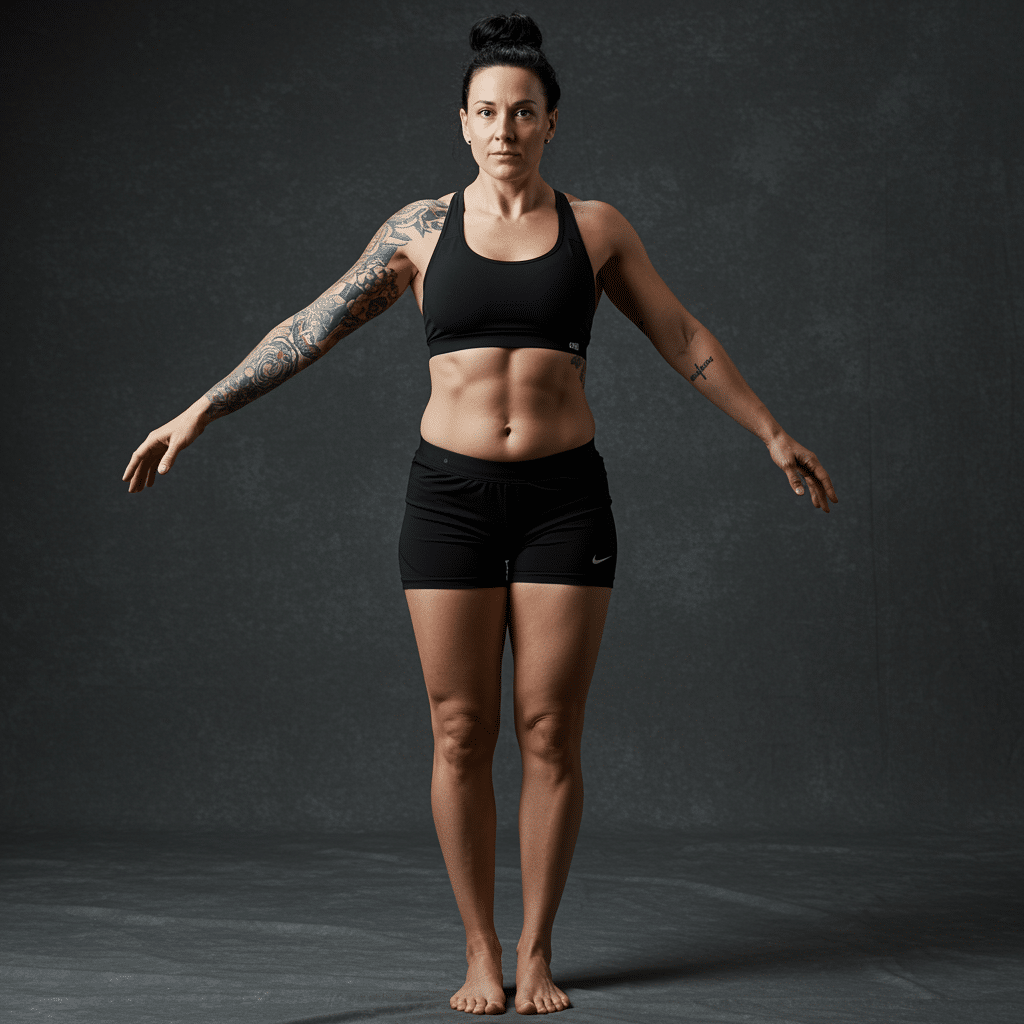
Best camera setup: lighting, angle, and distance
- Lighting – Natural daylight works best. Stand facing a window for even lighting or use soft artificial lighting to avoid shadows. Avoid overhead or side lighting, as it can create misleading shadows.
- Angle – Keep the camera at chest level and perpendicular to the body to prevent distortions. If possible, use a tripod for consistency.
- Distance – Position the camera far enough to capture the entire body. Stand in the same spot each time to maintain proportion consistency.
The best poses for progress photos
To get the most out of progress pics, personal trainers should guide clients on using the right poses for accurate comparisons. The goal is to create a consistent visual record that highlights body composition changes over time. This means using a structured approach with multiple angles, standardized positioning, and optional flexed or dynamic shots.
Front, side, and back poses — why all three matter
Taking progress photos from multiple angles is essential because different parts of the body change at different rates. A single front-facing photo won’t capture the full picture of a client’s transformation.
- Front pose – Shows changes in core definition, overall symmetry, and body fat distribution.
- Side pose – Highlights posture improvements, changes in belly fat, and muscle growth in areas like the arms, glutes, and hamstrings.
- Back pose – Tracks progress in back muscle definition, shoulder width, and glute development.
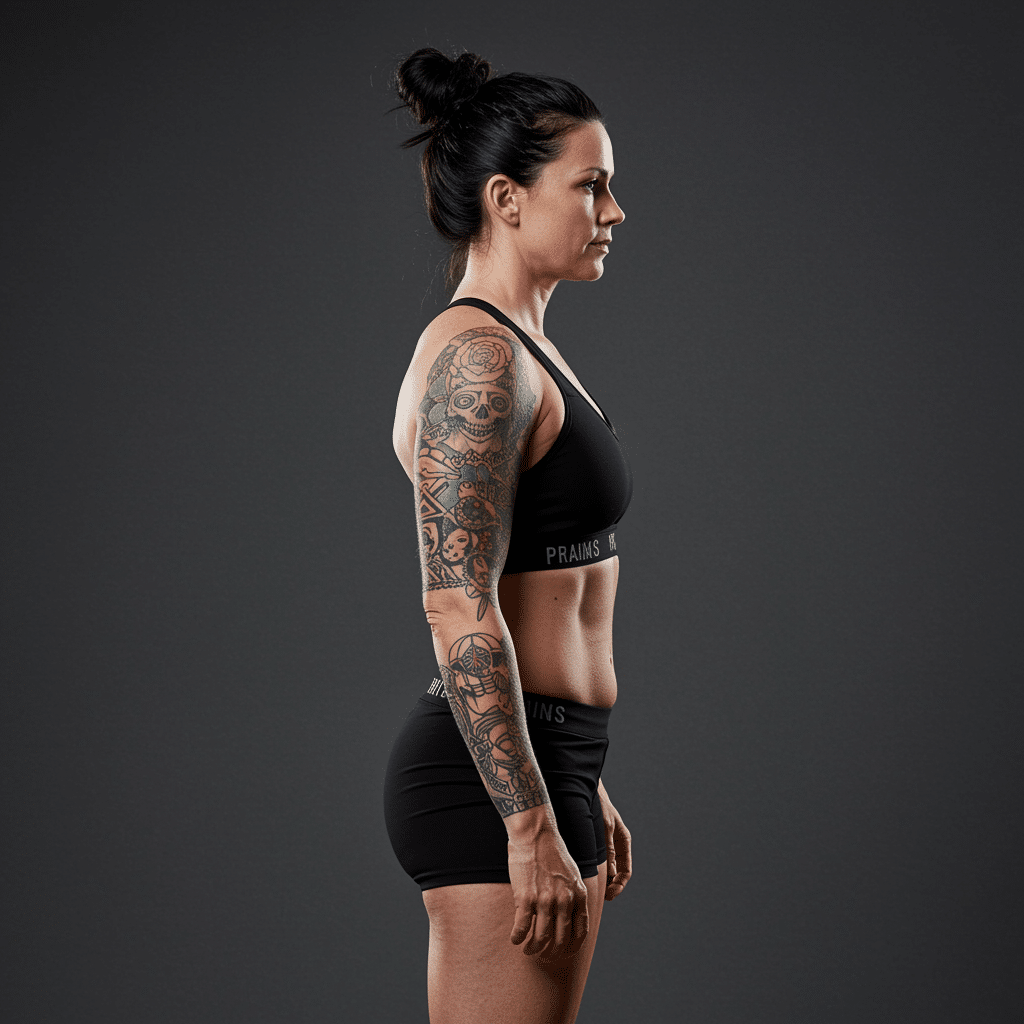
Trainers should encourage clients to take all three angles for a complete transformation record.
Relaxed vs. flexed photos — when and how to use each
- Relaxed photos – These should be the default for progress tracking. Clients should stand naturally, arms at their sides, without engaging their muscles. This provides an honest look at overall body composition changes.
- Flexed photos – While not necessary for every progress pic session, flexed shots can be useful for highlighting muscle growth, especially in strength-focused programs. If including these, ensure the flexing position is consistent over time.
For both relaxed and flexed photos, trainers should remind clients to keep their stance, posture, and breathing neutral to avoid variations that might distort progress.
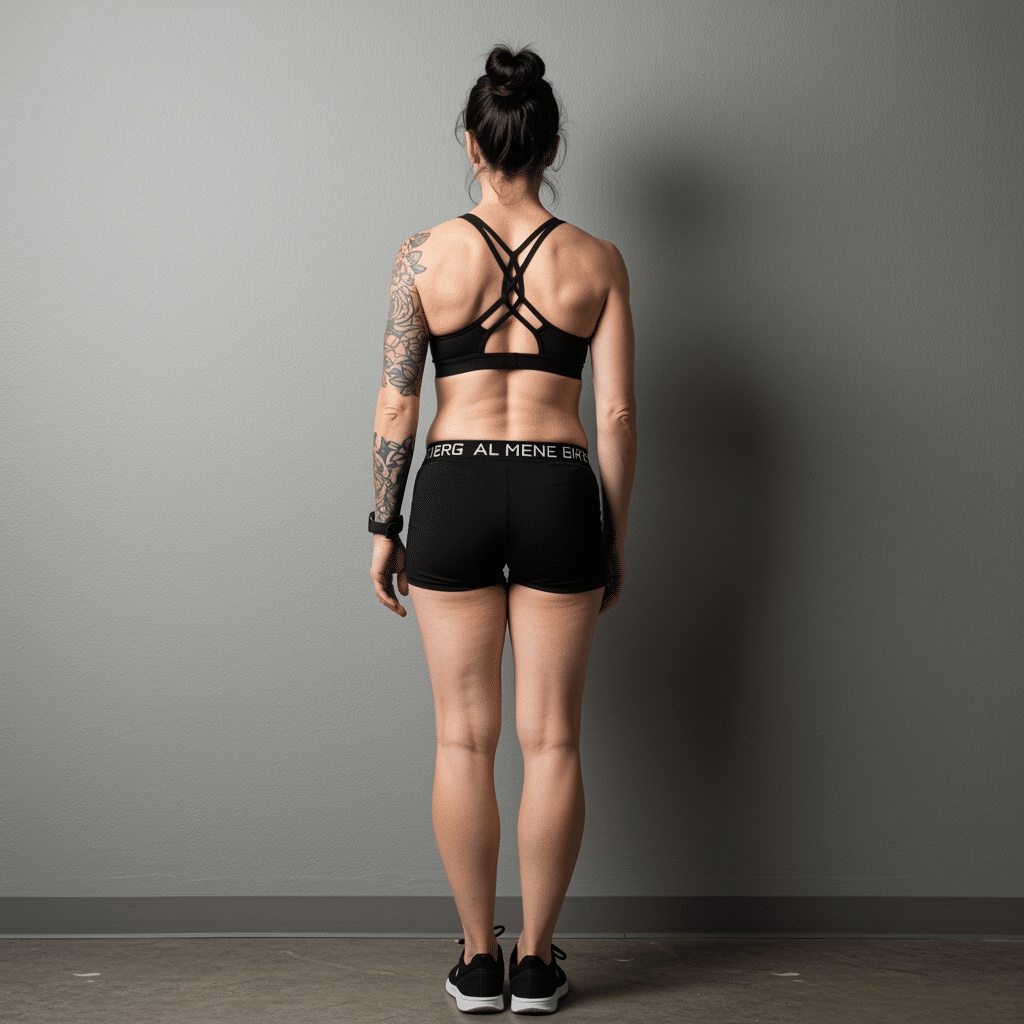
Dynamic action shots – capturing progress beyond static poses
Standard progress pics focus on still poses, but dynamic shots can add another dimension to tracking progress. These types of photos help capture real-world performance improvements and movement quality. Trainers may recommend:
- Squat or lunge photos – Shows leg strength, muscle activation, and balance.
- Pull-up or push-up position – Highlights upper body progress.
- Running or jumping shots – Demonstrates agility, coordination, and athletic development.
While dynamic shots aren’t essential for every client, they can be valuable for athletes or those focusing on functional fitness.
Common mistakes to avoid when taking progress pictures
Consistency is key for effective progress tracking. A cluttered or changing background can make subtle changes harder to notice.
Wearing different outfits each time can create the illusion of progress (or lack thereof), and varying poses can lead to misleading comparisons. Keeping these elements the same ensures that progress photos provide a true reflection of physical changes.
Even small mistakes in progress pics can make it difficult to track real changes over time. Personal trainers should educate clients on common pitfalls to ensure their photos provide an accurate representation of their fitness transformation. Here are three major mistakes to avoid.
Lighting inconsistencies — why they can make progress pics unreliable
Lighting plays a huge role in how progress photos turn out. Harsh shadows, poor lighting angles, or changes in lighting conditions can create misleading images that make a client look more or less defined than they actually are.
✅ Best practice: Always use the same light source for every progress pic session. Natural light from a window works well, but if using artificial lighting, ensure it’s positioned directly in front of the client to avoid shadows.
Wearing different clothes — how it distorts real results
Progress pictures should focus on body composition changes, not clothing differences. Baggy shirts, patterned leggings, or loose-fitting shorts can make progress harder to see, while wearing different outfits in each session can create an illusion of change—or lack thereof.
✅ Best practice: Encourage clients to wear the same or similar fitted clothing for every session. Neutral colors and minimal patterns work best for highlighting progress.
Taking progress photos too often — why it can discourage instead of motivate
Many clients feel tempted to take progress pictures daily or even multiple times a week. However, small day-to-day fluctuations in body appearance (due to water retention, bloating, or lighting differences) can make it seem like no real progress is happening, leading to frustration or loss of motivation.
✅ Best practice: Trainers should recommend taking progress pics at consistent intervals, such as every two to four weeks. This timeframe allows for visible changes while keeping motivation high.
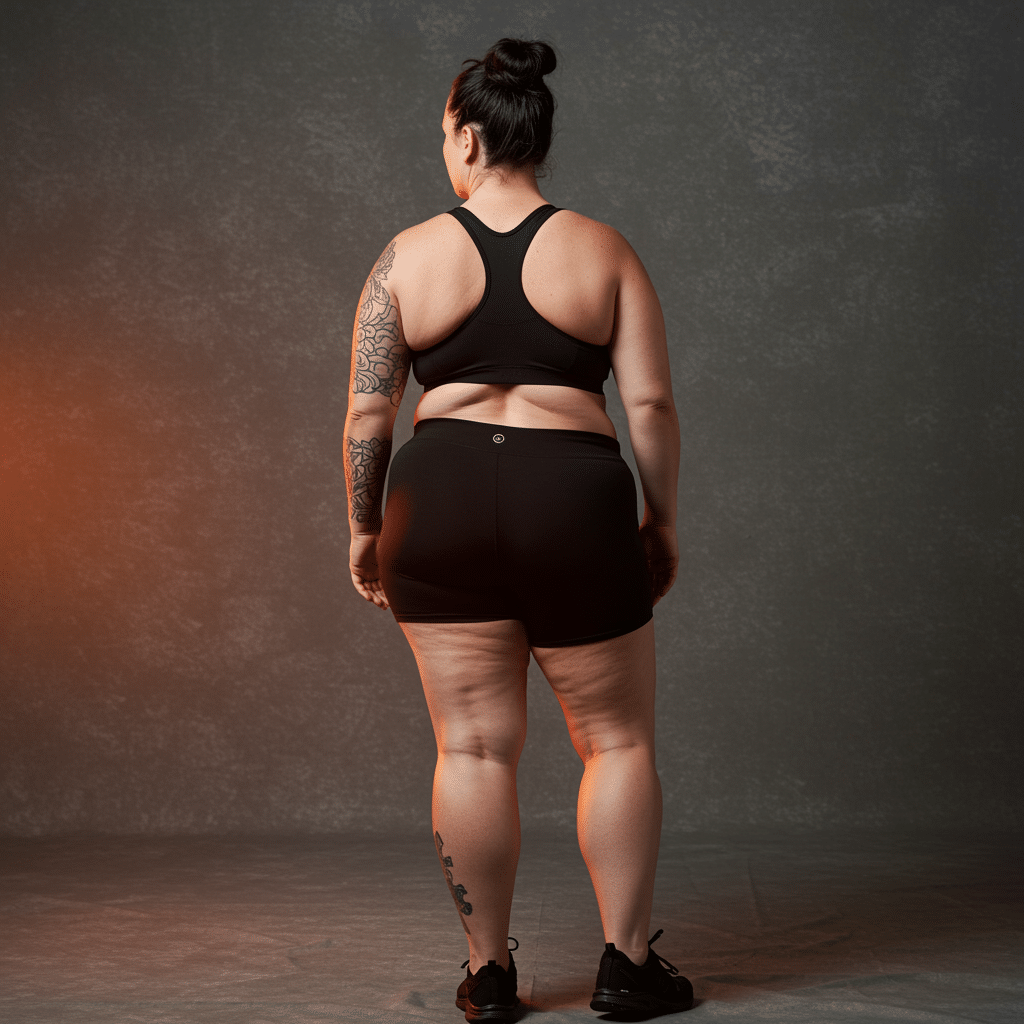
How often should you take progress pics?
Progress pics are a powerful way to track body composition changes, but taking them too frequently, or not often enough, can impact motivation and accuracy. Personal trainers should set clear guidelines for clients to ensure progress photos remain a useful and motivating tool.
The ideal frequency: weekly, biweekly, or monthly?
How often a client should take progress pictures depends on their fitness goals and how quickly changes are expected to occur.
- Weekly – Suitable for short-term challenges or highly disciplined clients tracking rapid fat loss or muscle-building phases. However, weekly photos may not show significant visual differences and could lead to unnecessary frustration.
- Biweekly – A good middle ground for clients looking for regular feedback without obsessing over minor fluctuations. This can work well for those on structured training and nutrition plans.
- Monthly – The best option for monitoring significant changes. A four-week gap provides enough time for noticeable changes to appear, keeping motivation high while reducing the risk of impatience or discouragement.
When to take extra progress photos
In some cases, trainers may encourage clients to take additional progress photos outside of their usual schedule. Ideal times include:
- Before and after challenges – If a client is participating in a 30-day, 6-week, or 12-week challenge, taking photos at the start and end helps highlight transformation.
- Major fitness milestones – After completing a strength phase, endurance event, or weight loss goal, extra progress pics can serve as a motivating reflection on hard work.
- Notable physique changes – If a client experiences a major drop in body fat or visible muscle growth, additional photos can capture the shift.

Why progress pics are a game-changer for fitness goals
Tracking progress is essential for maintaining motivation and ensuring clients stay committed to their fitness journey. While weight and measurements can provide some insights, progress pics offer a clearer and more meaningful representation of transformation. Personal trainers who incorporate structured progress pictures into their coaching can significantly enhance client motivation, accountability, and retention.
Why tracking progress visually is more effective than weight or measurements
The scale doesn’t always tell the full story. Clients may feel discouraged if their weight fluctuates due to muscle gain, water retention, or other factors, even when their body composition is improving. Similarly, tape measurements provide useful data but don’t always capture the full visual impact of a transformation.
Progress pictures show:
- Muscle definition and tone that measurements or weight alone can’t highlight.
- Changes in posture, symmetry, and overall body composition.
- The full-body impact of strength training, fat loss, or endurance work.
For trainers, progress photos help reinforce that body recomposition matters more than a number on the scale.
The psychological boost of seeing clear transformation over time
One of the biggest challenges in fitness coaching is keeping clients motivated. Many people struggle to recognize their progress because changes happen gradually. By regularly reviewing past progress photos, clients can see undeniable proof of how far they’ve come, which boosts confidence and commitment.
Why visual tracking works:
- It provides positive reinforcement when clients feel stuck or unmotivated.
- It creates emotional connections to their achievements, strengthening long-term commitment.
- It shifts the focus from short-term fluctuations to long-term transformation.
This psychological reinforcement is a key reason why trainers should encourage clients to take and review their progress pics consistently.
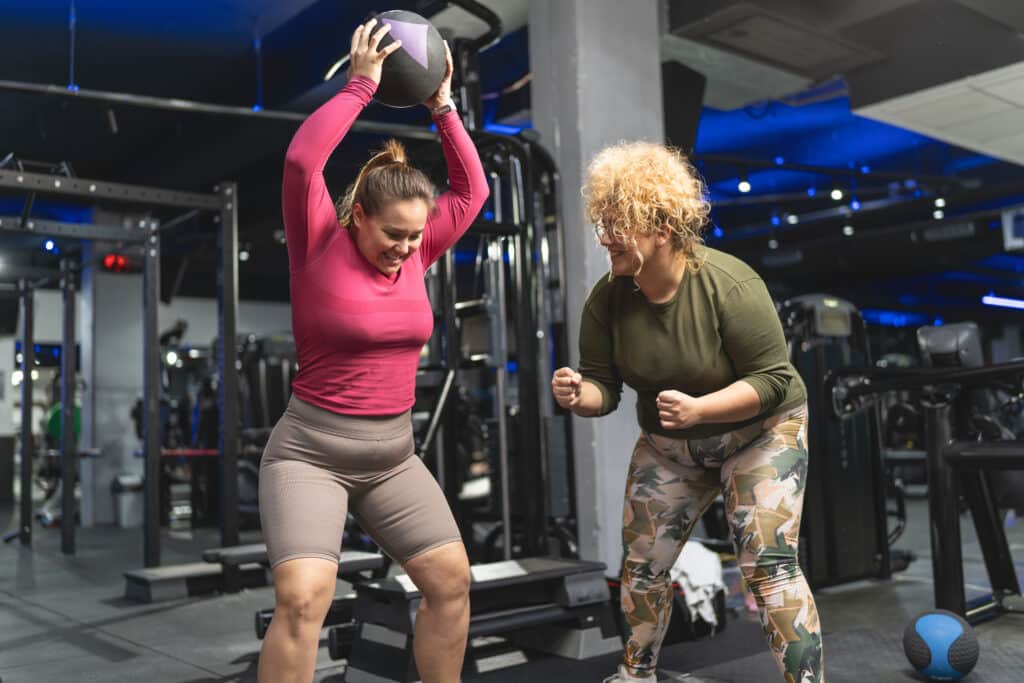
How progress pictures help trainers increase client motivation and retention
Trainers who use progress photos strategically can keep clients engaged and committed to their programs. Visual proof of transformation builds trust, reinforces the value of coaching, and strengthens client-trainer relationships.
How trainers can use progress pics effectively:
- Share side-by-side comparisons to highlight results and celebrate milestones.
- Use progress pics as a checkpoint to adjust programs based on real visual changes.
- Keep clients accountable by incorporating progress photos into regular check-ins.
By making progress pics a core part of their coaching process, trainers can drive better client results, improve retention, and create compelling success stories that attract new clients.
How trainers can use progress photos to engage and retain clients
Progress tracking should be more than a routine check-in. When trainers use progress photos effectively, they create stronger connections with clients, reinforce results, and encourage long-term commitment. A structured approach to visual tracking keeps clients engaged and motivated throughout their fitness journey.
Gamify progress tracking
Progress tracking works best when it feels rewarding. Trainers can turn progress photos into an engaging experience by incorporating challenges that encourage consistency.
Ways to gamify progress photos:
- Transformation challenges – Set up 30-day, 6-week, or 12-week body transformation challenges where clients submit before-and-after photos.
- Leaderboard incentives – Celebrate clients who show consistent progress with private recognition or group acknowledgment.
- Reward-based milestones – Offer perks like discounts on training sessions, social media shoutouts, or exclusive content for clients who complete their photo check-ins.
Adding a competitive or reward-based element makes progress tracking more enjoyable and increases client commitment.
How visual progress tracking increases client accountability
Clients are more likely to stay consistent when they know they’ll be reviewing their progress with their trainer. Progress photos create a visual record of transformation, making it easier to spot areas of improvement and adjust programming as needed.
How to use progress pics for accountability:
- Schedule progress photo check-ins at regular intervals (e.g., monthly).
- Pair photos with other metrics like strength improvements or body measurements for a full-picture analysis.
- Use progress pics to guide conversations about goal setting and program adjustments.
Seeing physical changes over time reinforces the effectiveness of a program, which keeps clients motivated and accountable.
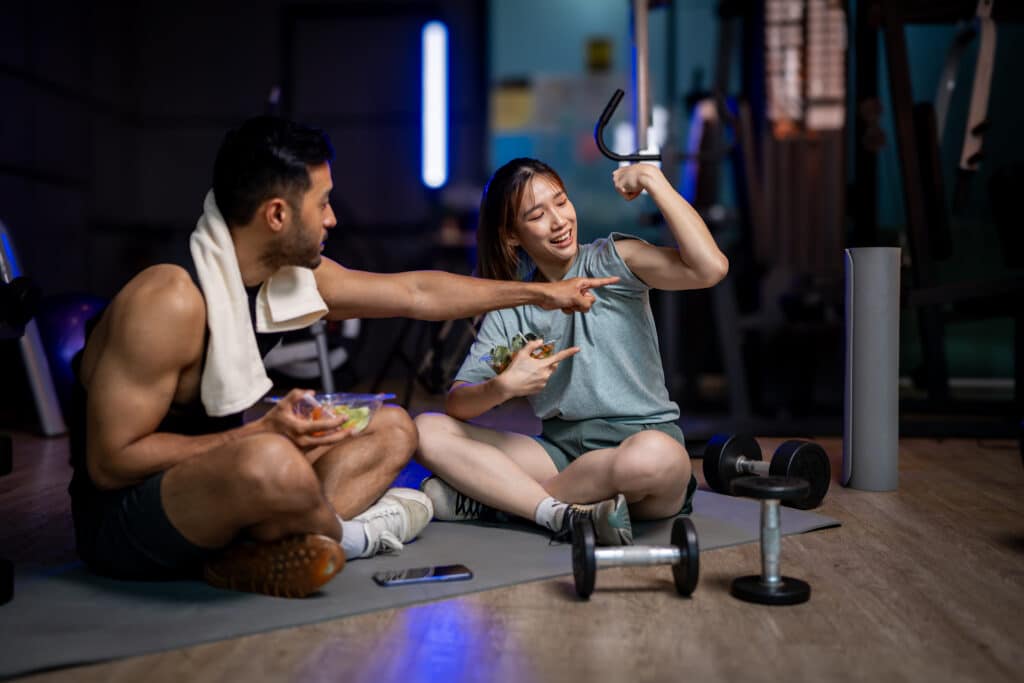
Using side-by-side progress photos to celebrate wins and keep clients engaged
One of the most effective ways to keep clients motivated is by showing them how far they’ve come. Side-by-side progress pictures provide a visual representation of success, helping clients stay excited about their journey.
Best practices for using side-by-side progress pics:
- Highlight noticeable changes – Even small improvements in muscle tone or posture can be huge motivators.
- Use comparisons at key milestones – Monthly or quarterly reviews help reinforce progress.
- Keep it private or public based on client preference – Some clients love sharing their transformations, while others prefer to keep them personal. Always get permission before posting progress photos.
A well-structured progress photo system keeps clients engaged, reinforces results, and strengthens the trainer-client relationship.
Final tips for making progress pics a habit
Progress photos are one of the best ways for clients to see their transformation, but many struggle with consistency or feel uncomfortable taking them. Personal trainers play a key role in helping clients develop a positive mindset around progress pics and making them a regular part of their fitness journey.
Helping clients overcome discomfort with taking progress photos
Some clients may feel self-conscious about taking progress pictures, especially at the start of their journey. Addressing these concerns early on can make a big difference in their willingness to participate.
How trainers can help:
- Normalize the process – Explain that progress photos are a tool for tracking change, not for judgment.
- Ensure privacy – Let clients know that photos are for their progress tracking and will never be shared without consent.
- Reframe the mindset – Encourage clients to see progress photos as a way to celebrate effort and improvement, not just a “before” picture.
By setting a comfortable and supportive environment, trainers can help clients feel more at ease with regular progress pics.
How to positively evaluate progress pics and avoid negative self-judgment
Many clients focus on imperfections when looking at their progress photos instead of recognizing their achievements. Trainers should guide them in evaluating their photos in a way that reinforces progress and builds confidence.
Tips for positive evaluation:
- Look for improvements in muscle tone, posture, and overall body composition.
- Compare photos at realistic intervals (monthly or longer) to see meaningful changes.
- Focus on progress, not perfection—small changes add up over time.
Encouraging clients to shift their perspective helps them stay motivated and committed to their fitness goals.
Encouraging clients to review older progress pictures to appreciate long-term success
Clients often forget how far they’ve come, especially when progress feels slow. Regularly reviewing older progress pictures can reinforce just how much they’ve improved.
Ways to keep clients engaged with their past progress pics:
- Schedule periodic photo comparisons to highlight long-term transformation.
- Use side-by-side images as a visual reminder of progress.
- Celebrate achievements by revisiting their first progress photo and acknowledging key milestones.
Seeing months or even years of progress in a single comparison can be one of the most powerful motivators for clients to keep pushing forward.
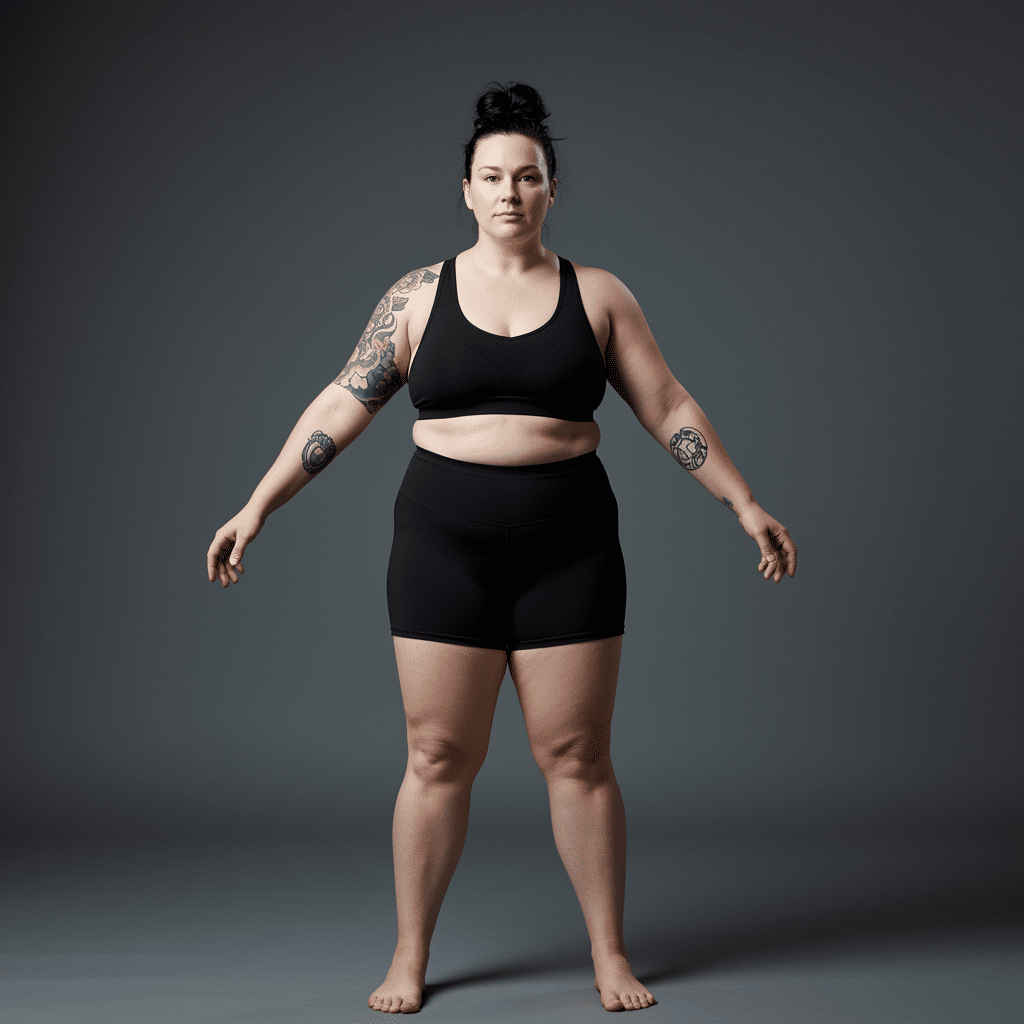
How My PT Hub makes progress pics easy
Tracking progress photos manually can be time-consuming for both trainers and clients. My PT Hub streamlines the process with built-in tools that make it easy to capture, organize, and track progress pics – all within one platform.
Built-in progress photo tracking for trainers and clients
My PT Hub provides a dedicated space for trainers and clients to upload and store progress photos securely. Trainers can review client progress at any time, ensuring visual tracking is a seamless part of coaching.
Key benefits:
- Clients can upload progress pics directly through the My PT Hub app.
- Trainers can monitor changes and provide personalized feedback based on visual progress.
- All photos are stored in one place, eliminating the hassle of scattered images or lost comparisons.
Keeping clients accountable with progress photo reminders
One of the biggest challenges with progress tracking is consistency. Trainers can set up automated check-in forms and scheduled messages to remind clients to upload their pictures at regular intervals.
How reminders help:
- Trainers can schedule check-ins that prompt clients to submit progress photos.
- Clients stay accountable by receiving reminders at the right time.
- Trainers can maintain structured progress tracking without manually messaging each client.
My PT Hub simplifies the process for trainers and enhances the client experience, allowing progress pics to be easily integrated into your coaching programs.